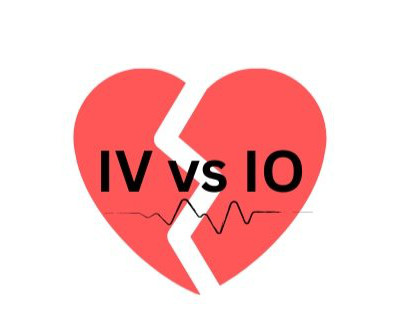SGEM#238: The Epi Don’t Work for OHCA
The Skeptics' Guide to EM
DECEMBER 7, 2018
A Randomized Trial of Epinephrine in Out-of-Hospital Cardiac Arrest. A Randomized Trial of Epinephrine in Out-of-Hospital Cardiac Arrest. An oral airway is placed, peripheral intravenous (IV) line started successfully and the paramedic asks her partner if you want to administer IV epinephrine? JAMA 2012 and Cournoyer et al.











Let's personalize your content